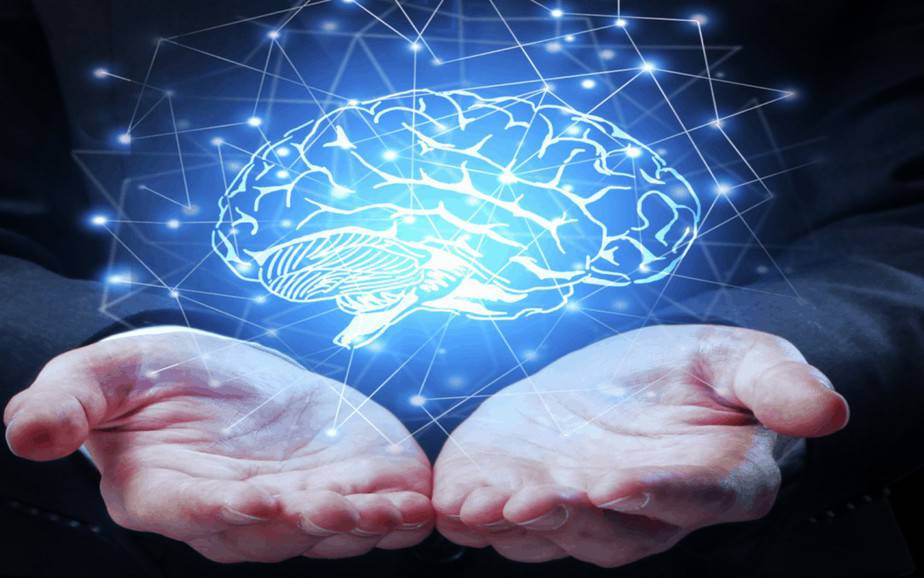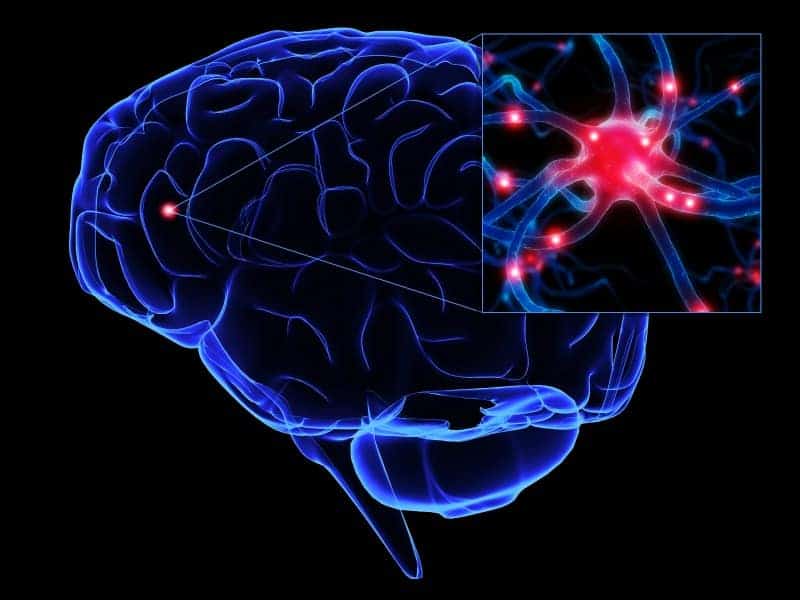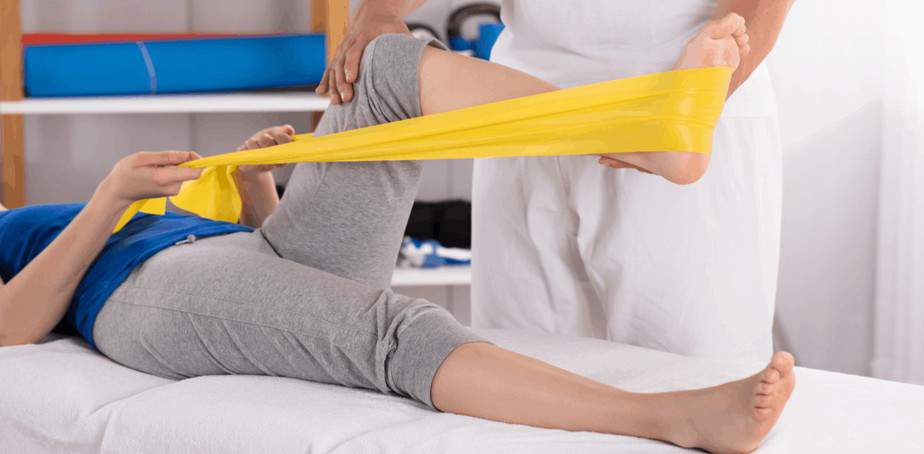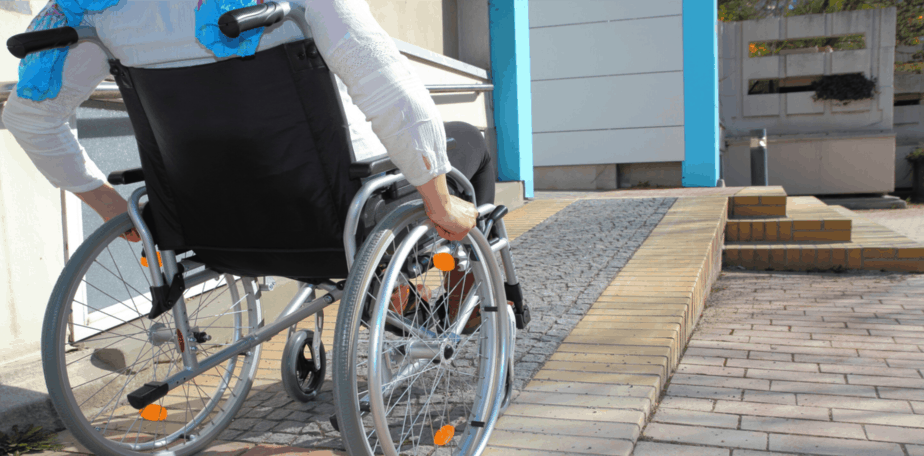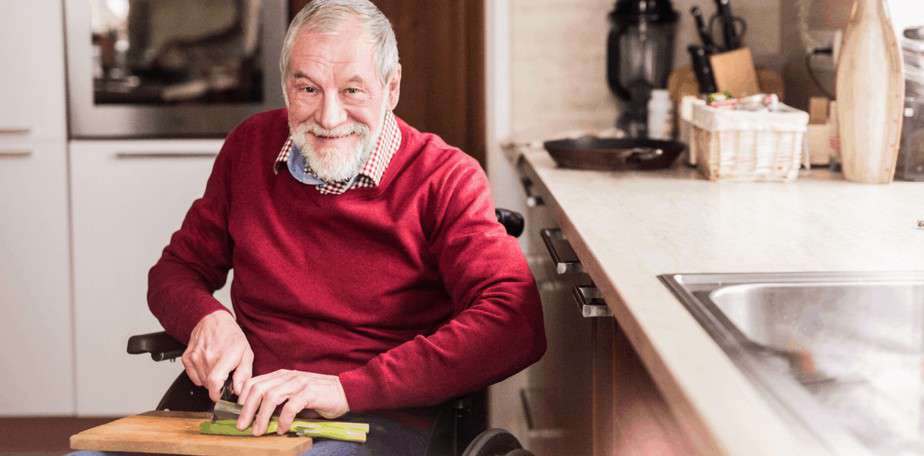Stroke Rehabilitation
Authored by Michelle Eliason, MS, OTR/L, CKTS, C.D.S.
In search of an outpatient neurological stroke rehab program in Buffalo, NY?
When should you have stroke rehabilitation?
Depending on how big your stroke was and the area of the brain your stroke affected, you may experience a wide range of physical and cognitive symptoms. These symptoms dictate the amount of stroke rehabilitation you should seek.
Discover more information regarding the type of stroke you had through the American Stroke Association.
If you have had a stroke, you will most likely have occupational therapy in an acute setting (hospital), sub-acute setting (nursing home), and sometimes part of a team of home therapy medical professionals for a short time. Unfortunately, many symptoms and side effects linger long after these services take place. Your potential to improve may exist far beyond someone has told you that you have reached a ‘functional plateau’ or functional baseline’. It is important to understand the body’s recovery process after a brain injury and to always look for a second opinion if you have had stroke rehabilitation for less than 3-6 months before being told therapy is no longer an option – regardless of age. Remember that your brain has a desire to find new pathways and new ways of meaningful activities (IADLs or ADLs) after an injury (neural plasticity) and that function exists until the day you die.
Why is outpatient occupational therapy imperative for stroke rehabilitation?
- Outpatient occupational therapy can help you long-term and address your full recovery after a stroke
- upper body and lower body physical function
- Mobility
- Balance
- cognitive function
- Safety awareness and sequencing
- Instrumental Activities of Daily Living
- Activities of Daily Living
- Outpatient occupational therapy can see you as needed and maintains an occupational profile to ensure we stay current on your long term stroke recovery process.
- Occupational therapy addresses the entire person with an emphasis on your physical body and performance skills, the environment or physical space you find yourself in, and the types of activities that have been affected by your stroke.
What are some problems an occupational therapy can help solve?
- Your ability to move (upper and lower body mobility)
- Range of motion including effects of a joint contracture, spasticity, or flaccidity
- Your ability to take care of your own personal care (ADLs)
- Your ability to complete essential activities for independence (IADLs)
- Learning techniques to improve your planning, reasoning, and organization
- Getting into and out of your home
- Working and returning to work
- Wheelchair Assessments and Positioning
- Community Mobility
- Remaining independent in your home
- Addressing personal concerns, worries, and psychosocial barriers that may be preventing rehabilitation progress
Additional areas of occupational therapy post stroke :
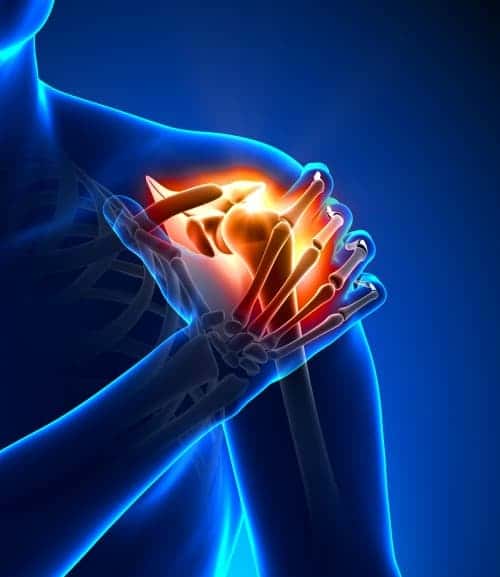
PAIN
Pain experienced post-stroke is often due to muscle atrophy as a result of disrupted neuromuscular communication. Diagnoses such as shoulder subluxation can be addressed by way of occupational therapy in
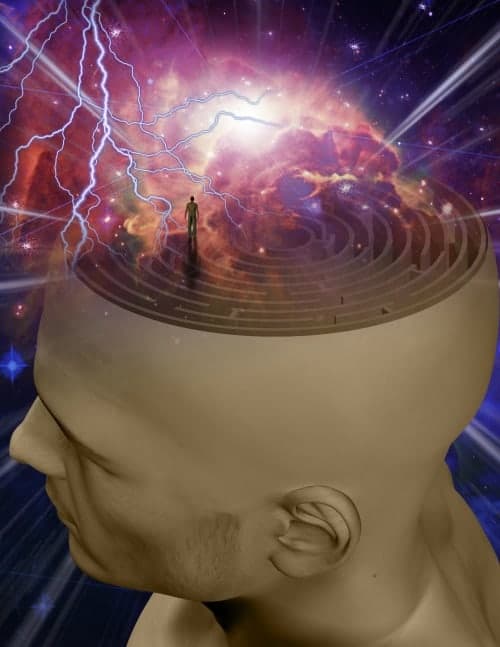
COGNITION
Cognition and the ability to effectively communicate when around friends, family, or even strangers will often times be effected after a stroke. Occupational therapy provides evaluation, evidence-based assessments, and research-based interventions for cognitive rehabilitation and utilizes neurocentric approach to maximize independence post-stroke.
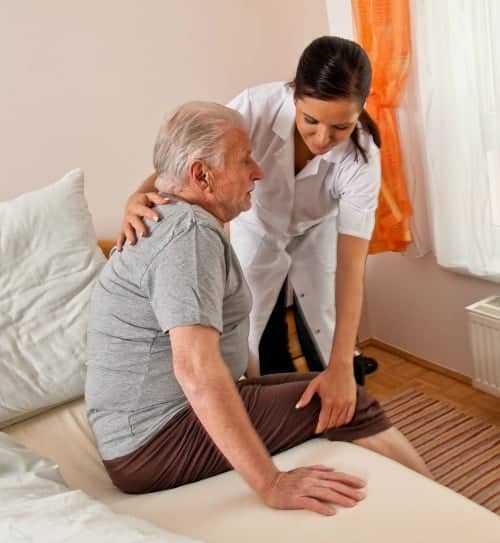
SIDE NEGLECT
Right-sided or Left-sided neglect can often time occur after a cerebral vascular accident. The side of the brain which has been affected by the stroke will be the determining factor of sided-neglect. Experiencing neglect can greatly impact your safety, quality of life, and independence. An occupational therapist will help you become aware of your neglected side through many types of interventions and treatment approaches.
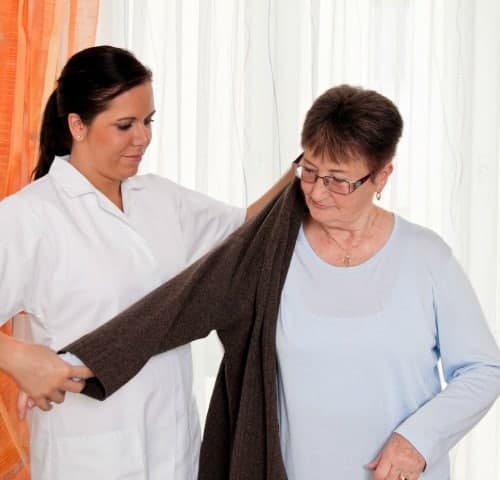
ADL/IADL TRAINING
Occupational therapists specialize in activity analysis. Activity analysis is breaking down a task into its basic parts and you master each part of the whole activity in order to enable maximum independence. Individuals suffering the affects of a large stroke (CVA) require education regarding how to work with the new way his/her body is operating in order to remain independent in activities of daily living (ADLs) and instrumental activities of daily living (IADLs).
Helpful Page Definititions
Functional Plateau
What is a functional plateau or functional baseline?
It can be confusing when you are told that you have stopped making progress and no longer qualify for therapy - nobody wants to hear this! A functional plateau label is given when the therapist you are seeing stops seeing progress being made toward the goals he/she set during the evaluation process. It is also considered 'reaching a new functional baseline'. This means they believe you have reached maximum progress or you will not make any measurable gains in the near future. They can no longer justify restorative therapy (therapy to bring back function).
Remember that there are other therapists with other perspectives! There are specialty therapists for each individual diagnosis and they may see different therapeutic potential! Always get a second opinion before accepting the idea that you or your loved one has reached all of your maximum potential! You may just need another approach!
Neural Plasticity
What is neural plasticity or brain plasticity?
Neural plasticity or brain plasticity is a concept known by neurological-centered medical professionals. It is your brain's ability to create new pathways to work around injured ones! This is the foundation of rehabilitation (your body's ability to repair itself). Whether you are re-learning to put weight through your joints after surgery or re-learning to open and shut your hand after a stroke -- neural plasticity is involved! If someone has had a stroke, brain injury, diagnosed with Alzheimer's or another form of dementia, multiple sclerosis, etc. ---the body's desire to maintain its ability to function does not disappear it just needs to be guided in a specific way.
Functional Activities
Occupation-based interventions are the most functional-based approach to rehabilitation. When you are invested in the activity and understand why you are doing something, your brain's ability to heal and re-learn motor patterns improves exponentially! Occupational therapists are functional rehabilitation specialists which means we are experts in translating physical strategies into functional activities! We understand that performing a sit-to-stand in the studio is much different than getting up from your favorite recliner chair! Likewise, re-learning how to move your arm or walk in the studio is much different than feeling confident entering your home or moving about the community! Buffalo Occupational Therapy always bridges this gap and includes these real-life elements as part of our outpatient rehabilitation process!
Activity Analysis
Occupational therapists specialize in activity analysis. Activity analysis is breaking down a task into its basic parts and you master each part of the whole activity in order to enable maximum independence.
Instrumental Activities of Daily Living (IADLs)
Instrumental Activities of Daily Living (IADLs) are essential for independence in life roles and required for aging in place. There are 8 activities core activities for independence including cooking, cleaning, communication, taking and managing medication, handling your personal finances, transportation and community mobility, shopping
Cooking - The ability to follow a recipe and having the stamina to prepare a meal for yourself and/or your family
Cleaning - The ability to perform light housekeeping including making your bed, doing your laundry, washing the dishes, taking out the trash, vacuuming, sweeping, cleaning your bathroom, etc.
Communication - The ability to use the telephone, the computer, have conversations with people (familiar and strangers), communicate your needs clearly.
Taking medication - The ability to sort and organize your medication or determine a compensatory method to do so as well as taking the appropriate dosage at the appropriate time.
Personal Finances - The ability to establish an organization method to understand financial responsibilities and pay your bills on time.
Transportation - Whether you are driving, calling for a driving service like a taxi or Uber, or taking public education. You must have a defined action plan for community mobility and transportation.
Shopping - The ability to plan transportation, plan a grocery/clothing list of needs for yourself and your home, have the stamina to collect your items at the store, and be able to get them into your house.
Activities of Daily Living
Occupational therapists are trained in occupations and activity analysis. An occupation is an activity that you believe is important to your life. There are many levels of occupations, but activities of daily living (ADLs) are the most personal activities and are usually the ones people find most important if they were to lose the ability to complete them.
ADLs include:
- Bathing and showering
- Getting dressed
- Going to the bathroom
- Walking and getting up and down from a chair or car
- Eating and swallowing
- Feeding
- Sexual activity
- Personal hygiene and grooming
- Being able to use personal care devices like adaptive equipment and durable medical equipment

